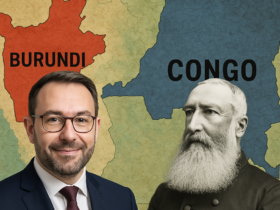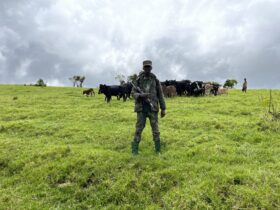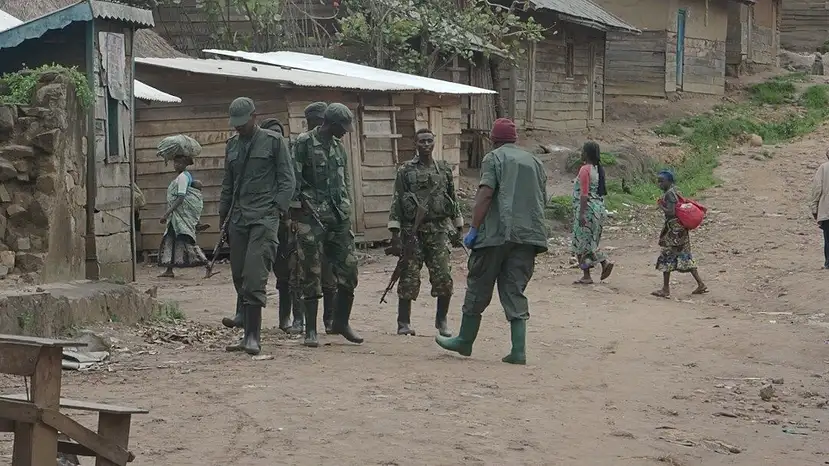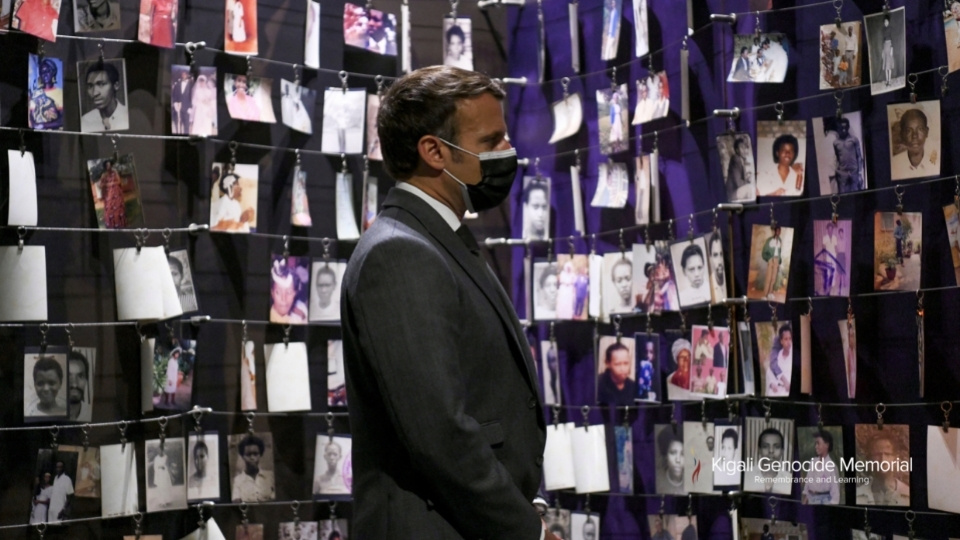Fun fact: the map of the East African Community looks exactly like that of former united Sudan. That is bound to change soon, for better or worse..
I look at escalating hostile rhetoric between Rwandan and Tanzanian leaders; the expulsion of Rwandans from Tanzania and I see the dream of Museveni to become the first president of the federal republic of East Africa, shrinking into distance. A dream embraced by all East African nations, except Tanzania.
Being the largest country of the community in size, with 948,087 km², a founding member, with Uganda and Kenya of the initial EAC, TZ is obviously a key asset to the integration project. Unfortunately, it has only managed to be a liability thus far, consistently frustrating integration efforts, despite being frequently wooed by other member countries.
‘Je t’aime, moi non plus’ is a famous French phrase, known to all amateurs of courtship; a sort of tango, if you will: One step forward, two steps back and then you turn. But there is a secret to both courtship and tango: do not overdo it! or you risk scaring off your muse..
And overdoing it is what the other EAC member countries have done in their long tango with TZ. Nothing was good enough: The seat of the EAC Parliament, the EAC Court, the EAC Secretariat; all in one city; Arusha. The result, as predicted, has bee that of scaring off Tanzania
Defining Tanzania’s behavior in the EAC as paranoia is not an overstatement, if only considering its continued membership to the Southern African Development Community (SADC); to general bewilderment..
Even SADC citizens are perplexed. While TZ is at the heart of the EAC region, where it shares geographic, linguistic, cultural, historical and racial backgrounds with every single country of the community, Tanzanians have little in common with SADC citizens. So little, that in the last eight months that I have lived in that part of the world, I have met intellectuals who are not even aware of their membership to the SADC. So what are they up to?
Tanzanians that I have talked to admit they belong to the EAC. But apparently, they remain suspicious of Kenya’s ambition to grab their land, Rwandan conflict-ridden past that might have a ripple effect and Uganda’s historical differences dating back to the Idi Amin era. Others believe they are not ready to compete in a free regional market yet, and that they can only do so, after they have developed their industry further.
Each one of these reasons is actually true, if one focuses on the negative side of integration. The truth is that a well-planned integration would usher in entrepreneurship and competitiveness and make the market more dynamic. While it may be true that Kenyans would like to farm on Tanzanian land, this would actually create employment for Tanzanians, increase productivity and export. today there is much more unexploited arable land in TZ than the capacity. Be it as it may that Rwandans have suffered ethnic divisions in the past; their endeavor to overcome the past, through inclusive and accountable governance could serve as a learning to Tanzanians. As for the old hitch between Idi Amin and Nyerere, all agree it is water under the bridge. Besides, it is the Tanzanians who won the war…
Tanzania has been a vacation destination of mine for years, and while I have had a wonderful time with the people and the nature, at each occasion I came across signals telling me that TZ officials are not ready to integrate just yet. Like on my trip to the Ngorongoro national park four years ago, where I had to pay 100 USD, like some Scandinavians. To my repeated claims that Rwanda had gotten into the East African Community, the park guard candidly replied: well, we are getting out! Most recently however, as I attempted to reach Malawi and Zambia by road and lake, I was happy to see that the prophecy of the Ngorongoro guard had not fulfilled itself. I was offered ‘national’ treatment – and tariff, at the Gombe strip in Kigoma, where I had stopped for the night, to track Chimpanzees, while waiting for the Liemba to set sail on the Tanganyika-Nyassa lake the next day. The experience was so special, that it made me forget the signpost seen earlier at the border, reading: ‘camp des refugies Burundais expulses de la Tanzanie’. ‘Refugee camp for Burundians expelled from Tanzania’
The expulsion from Tanzania of Burundians then, and that of Rwandans now, is evidence that TZ does not share the integration vision of the EAC sub-region and Africa at large. Not least, it is in violation of international law: Art. 12 (5) of the African Charter on Human and People’s Rights prescribes that: ‘the mass expulsion of non-nationals shall be prohibited. Mass expulsion shall be that which is aimed at national, racial, ethnic or religious groups’
The expulsion is a mockery to the Art 7 of the EAC Common Market Protocol, which guarantees free movement of persons who are citizens of the other Partner States, within their territories; calling each Member State to ‘ensure non‐discrimination of citizens of other Partner States based on their nationalities’.
UNHCR reports that more than 7,000 people of Rwandan ancestry have been forced out of Tanzania by August 13, 2013. According to the East African Civil Society coalition (EASCOF): ‘elderly women are being rounded up at gun point with nothing on them, and forced out to the Rwanda-Tanzania border. The children they had with Tanzania men are remaining behind, because they are Tanzanians. The same is happening to men married to Tanzanian women.’
‘Also targeted are youth of Rwandan ancestry, born in Tanzania; women and men who left Rwanda as babies in 1959; babies and teenagers born in Tanzania; elderly women/men who crossed into Karagwe long before Tanzania was born.’
While we can denounce these actions on legal terms, on political terms the story is simple: If Rwandans are not wanted in Tanzania, they should go back to their country, and that is that. Indeed days of exile are over. There is no reason they should be a burden to others any longer.
This state of affairs has put a new dent in the integration process and frozen already chilled TZ – Rwanda relationships. The good news is that the region may be moving ahead with those ‘willing’. Integration steps are starting in earnest between Uganda, Kenya and Rwanda; with working permits removed; pipeline and railway projects initiated, including with a possible future member – South Sudan.
So, if the map of the EAC does not look like that of former united Sudan in the future, South Sudan may not be the only country to blame this time…
To be continued…
Posted 12th August 2011
















Leave a Reply